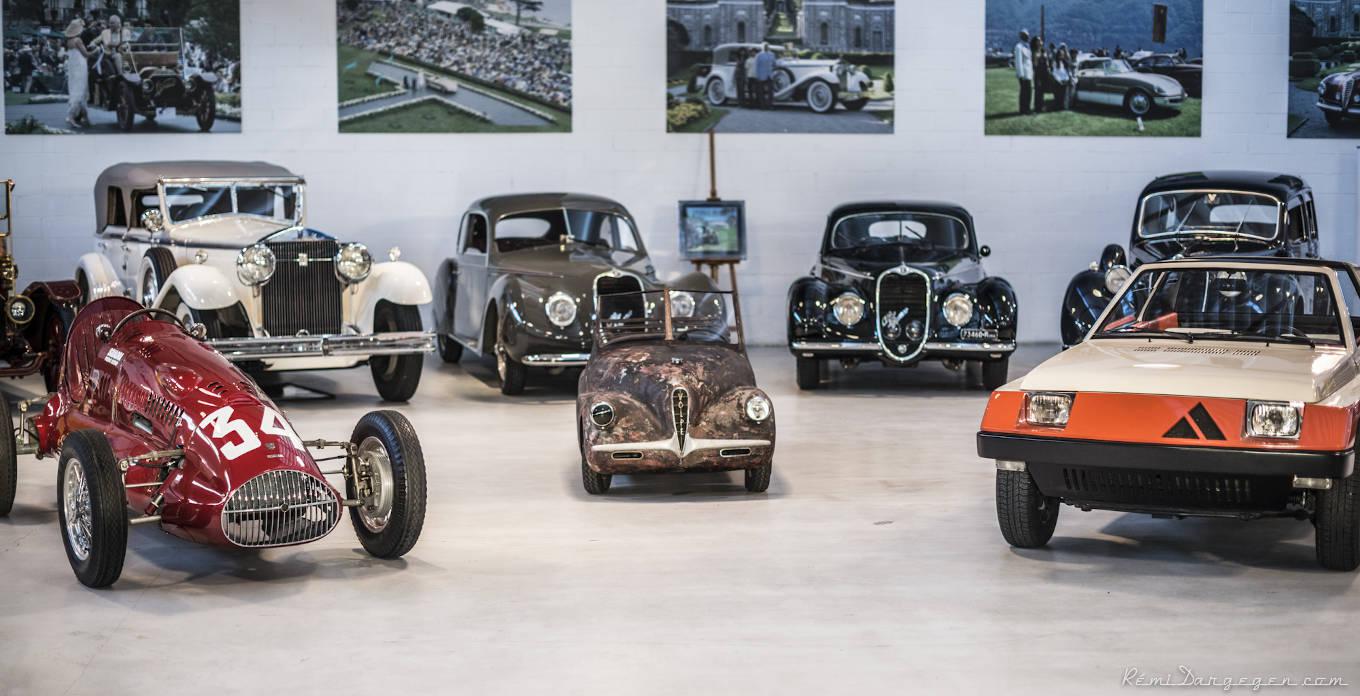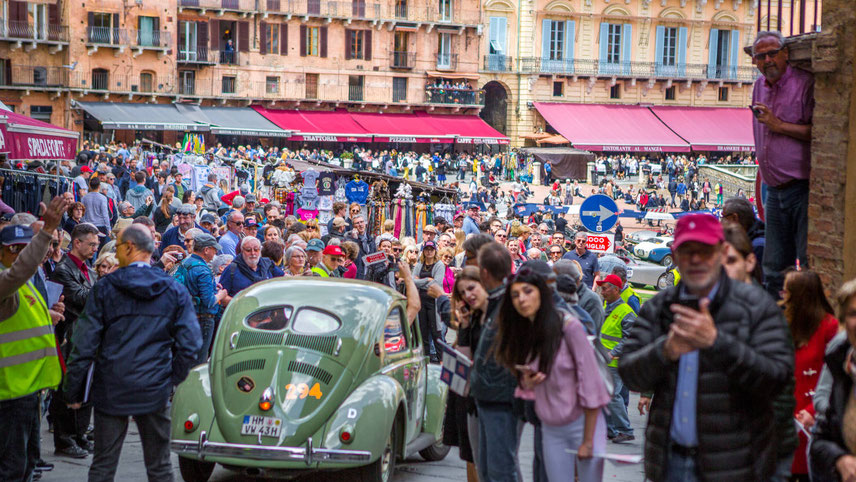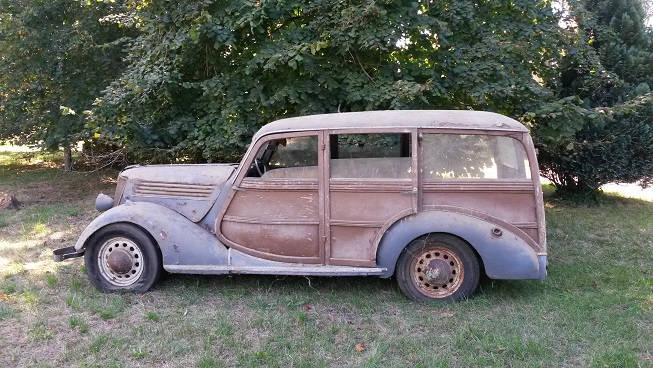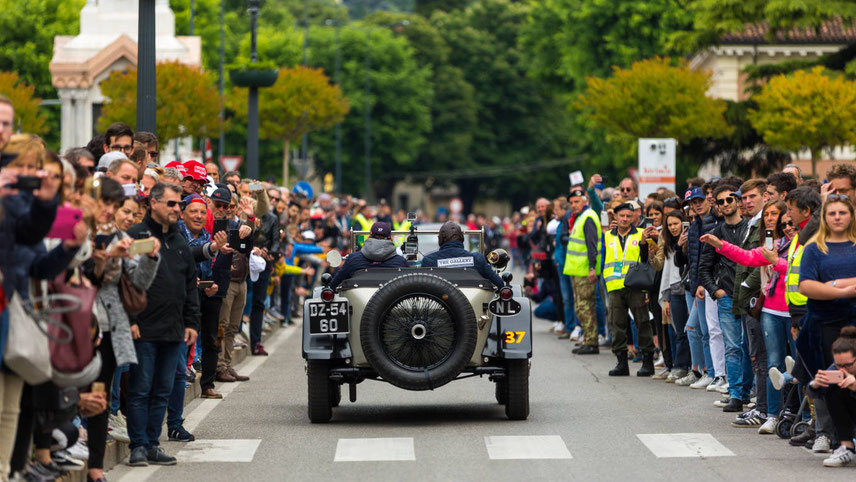With the automobile industry contributing significantly to many of the leading economies of the world, the governments of these countries have always had, at the very least, a say in the policies of the industry, or have consciously aided them. Even countries like the United States, which has usually followed a laissez-faire attitude to most industries, has jumped in at least twice to bail out the automobile industry; for the first time in the 1980s, post the recession of the early 1980s, and once again, soon after the financial crisis of 2007-2008. Similarly, several European governments have interceded whenever the automobile industry has been in trouble, the most recent being the extensive state-aid budgets of the French and German governments this year since Covid-19 forced the shutdown of automobile manufacturing for several months. And then countries like Japan and South Korea have either dictated and coerced industrial policy to aid the auto industry, or like in the case of China, been directly implicated in it. In recent years, some of the governments have also taken cognizance of the importance of the industry around that of older vehicles. Not the ten- or 15-years old vehicles, which most governments would not mind crushing, as that could lead to higher consumption of newer, less polluting vehicles, but that of much older vehicles, namely classic and vintage cars, and motorcycles, as these are increasingly seen as patrimony and national industrial heritage, with values going up every year. It has been estimated that the values of the 1.5 million historic vehicles (the terms used to include vintage and classic cars manufactured 30 or more years ago), adds up to almost £25 billion (Rs245,000 crore) in the United Kingdom alone. “Historic vehicles represent approximately 3 per cent of the total UK vehicle parc which comprises more than 43 million registered vehicles of all types,” explains David Whale, Chairman of the Federation of British Historic Vehicle Clubs (FBVHC). “Results from the Federation’s 2020 National Historic Vehicle Survey show that the value of the historic vehicle movement to the UK economy is over £7.2 billion, a significant increase from the £5.5 billion reported in the Federation’s 2016 report.” That adds up to Rs70,000 crore of economic activity during 2019, as well as indicating a growth of over 30 percent in three years. “This figure includes £946 million of spending by overseas enthusiasts on goods and services supplied by UK firms,” added Whale, as enthusiasts spent over Rs9,200 crore in buying parts from the UK or getting their vehicle restored there. Whale also added: “Over 34,000 people are directly employed in businesses servicing the historic vehicle market and there is a growing demand for apprentices to train specifically on historic vehicles.” Making good money The figures are somewhat similar in the three other important European countries of Germany, France, and Italy. And the ‘business’ of historic vehicles in the United States is estimated as twice as much as these four countries combined, with some 25 million of them in circulation! To keep these 25 million vehicles running, hundreds of small-scale sector companies in Sri Lanka, Thailand and Taiwan supply parts and components, with one company in Taiwan even stamping out brand new body panels of the 1960s Ford Mustang (with toolings supplied by Ford themselves). Then there are these roaring businesses of restoration shops, which make good money restoring and overhauling older vehicles in Mexico (to satisfy American collectors), as well as Slovenia, Poland, and Morocco for European enthusiasts.
-

Collectors such as Italian Corrado Lopresto is looking to get their cars restored at lower cost countries; Courtesy: Collezione Lopresto




































